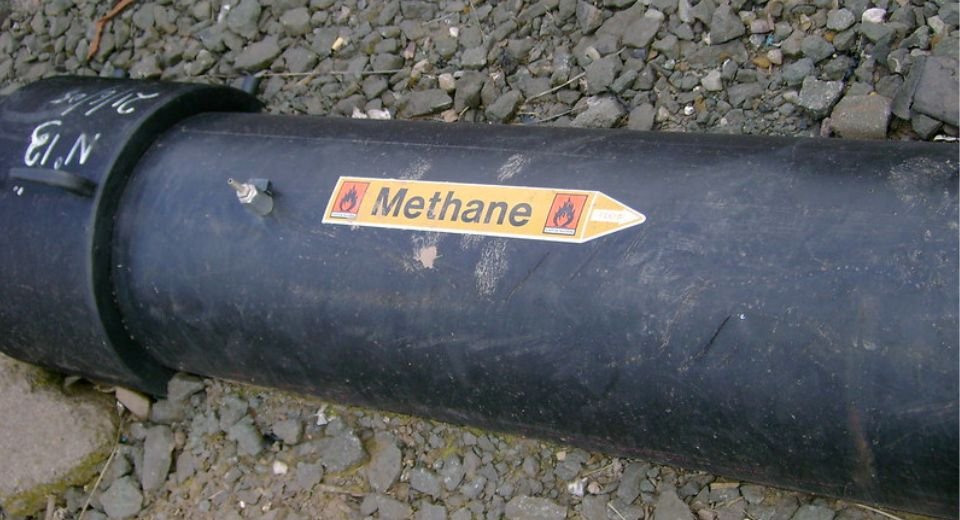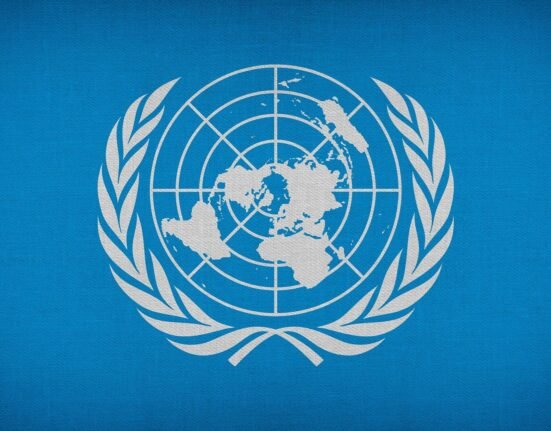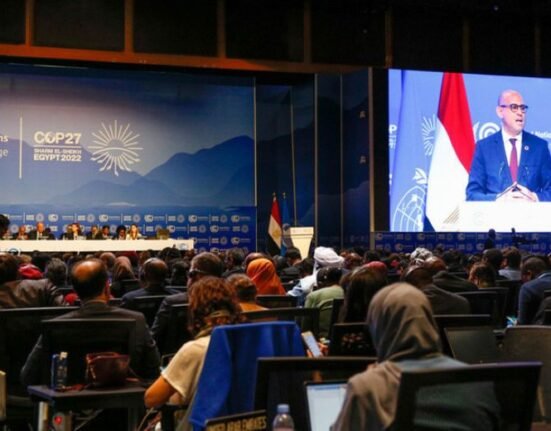HQ Team
November 8, 2022: Methane gas is a more pressing concern than even carbon dioxide in the global climate change fight. Last year, at COP26, world leaders launched the Global Methane Pledge, an international commitment to collectively reduce methane emissions 30% by 2030.
At the COP27 climate conference in Sharm el-Sheikh, Egypt, 40 of the 125 members of the pledge plan to unveil concrete methane reduction plans. “We need to move out of the promises and more towards the action pieces, whether it’s sectoral actions or larger actions,” Clean Air Task Force global director of methane Jonathan Banks told Reuters.
Methane concentration at highest levels
Methane is around 80 times more effective at trapping heat than carbon dioxide during its first 20 years in the atmosphere but it also dissipates after 10. The Intergovernmental Panel on Climate Change says there is more methane in the atmosphere today than at any point in the last 800,000 years and is responsible for around 30 percent of global warming.
The UN’s Greenhouse Gas Bulletin put out by its Meteorological Organization revealed that atmospheric methane concentrations were the highest in 2021 since record-keeping began around 40 years ago.
In September, ruptures in the Nord Stream pipelines represented the largest single methane emitting event ever recorded.
“Rapidly reducing methane emissions from energy, agriculture, and waste can achieve near-term gains in our efforts in this decade for decisive action and is regarded as the single most effective strategy to keep the goal of limiting warming to 1.5˚C within reach while yielding co-benefits including improving public health and agricultural productivity,” the pledge website reads.
Road map for methane reduction
To that end, the pledge participating countries have come up with their own road maps for reducing the methane effect.
- The European Commission developed its first EU-wide proposal to cut methane emissions and will finalize methane regulations by 2023.
- Egypt has launched several efforts to reduce methane emissions from oil and gas flaring, and has succeeded with a 26% reduction.
- Nigeria has set a world-leading target to reduce 60% of its methane emissions by 2031.
- In Latin America, Columbia, Ecuador and Mexico have all come up with announcements to reduce emissions from the oil and gas sector.
Mexico announced a new project to fully implement methane emissions reductions through financing and technical collaboration;
Colombia became the first South American country to regulate methane emissions from its oil and gas sector with new standards released in February 2022; and
Ecuador worked with Clean Air Task Force to assess methane emissions from its oil and gas sector — and develop a plan to reduce emissions.
The Biden administration told Reuters that the U.S will require oil and gas drillers to find and repair any methane leaks and has new plans to reduce emissions from gas flaring and smaller oil wells.
However, out of the top five methane emitters, only the US and Brazil are a part of the pledge. China is the world’s No.1 methane emitter at 58.4 million tonnes emitted in 2021 alone. India follows at 31.8 million tonnes and the U.S. comes in third at 31.5 million tonnes. Russia also figures in the top 5 list.
Another factor in the fight against methane is that countries continue to under-report their emissions. In February, the International Energy Agency (IEA)’s Global Methane Tracker found that national inventories underestimate methane emissions by 70%.
Meeting 1.5- and 2-degree goals will be near impossible if methane emissions continue to increase. According to a report from Climate Policy Initiative, global finance for reducing methane is highly inadequate at barely $11 billion annual spend. More than $100 billion is needed annually.
The 125 signatories to the pledge need to up the ante and make concrete contributions, and plan to beat rapid global warming.






